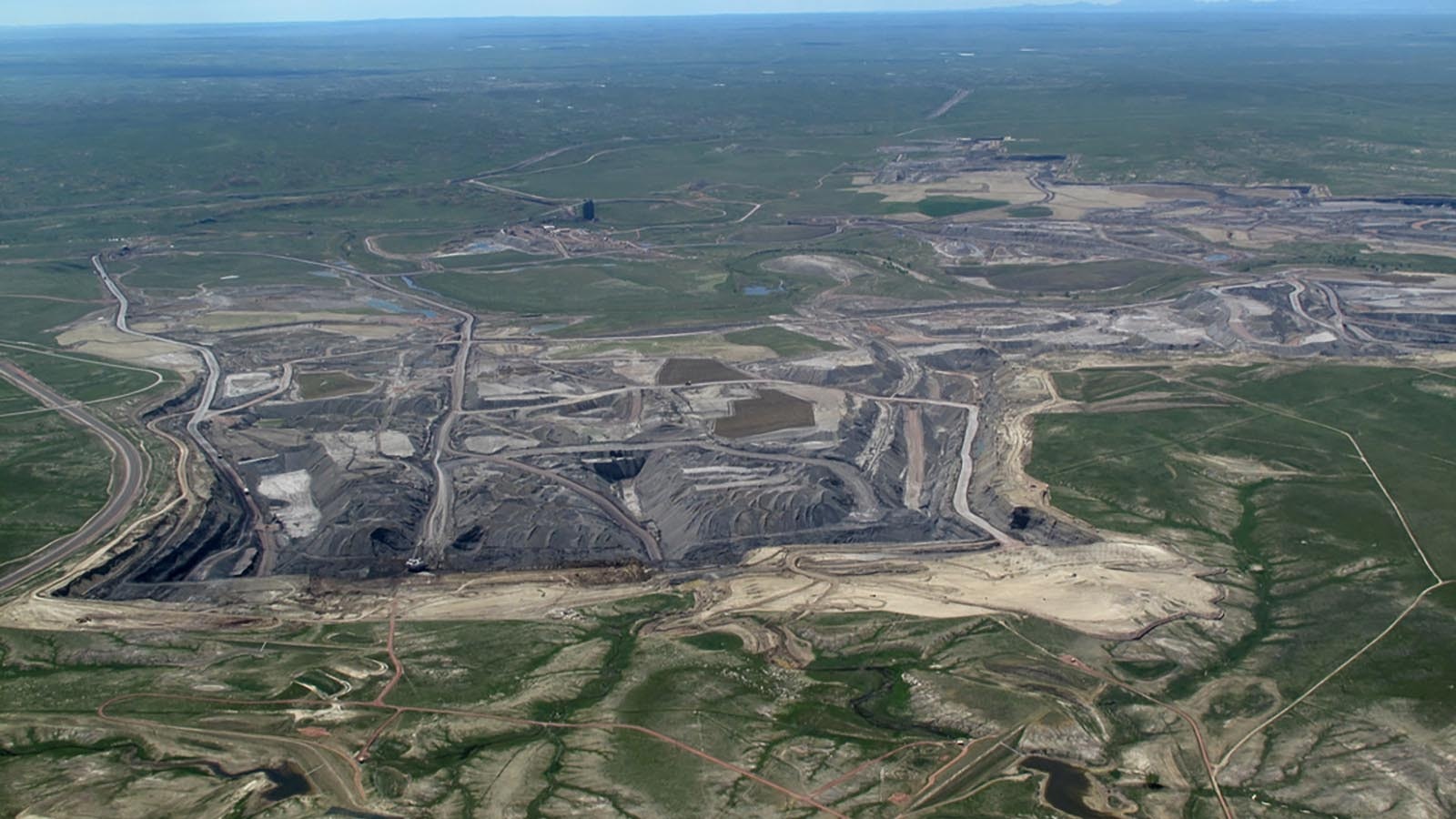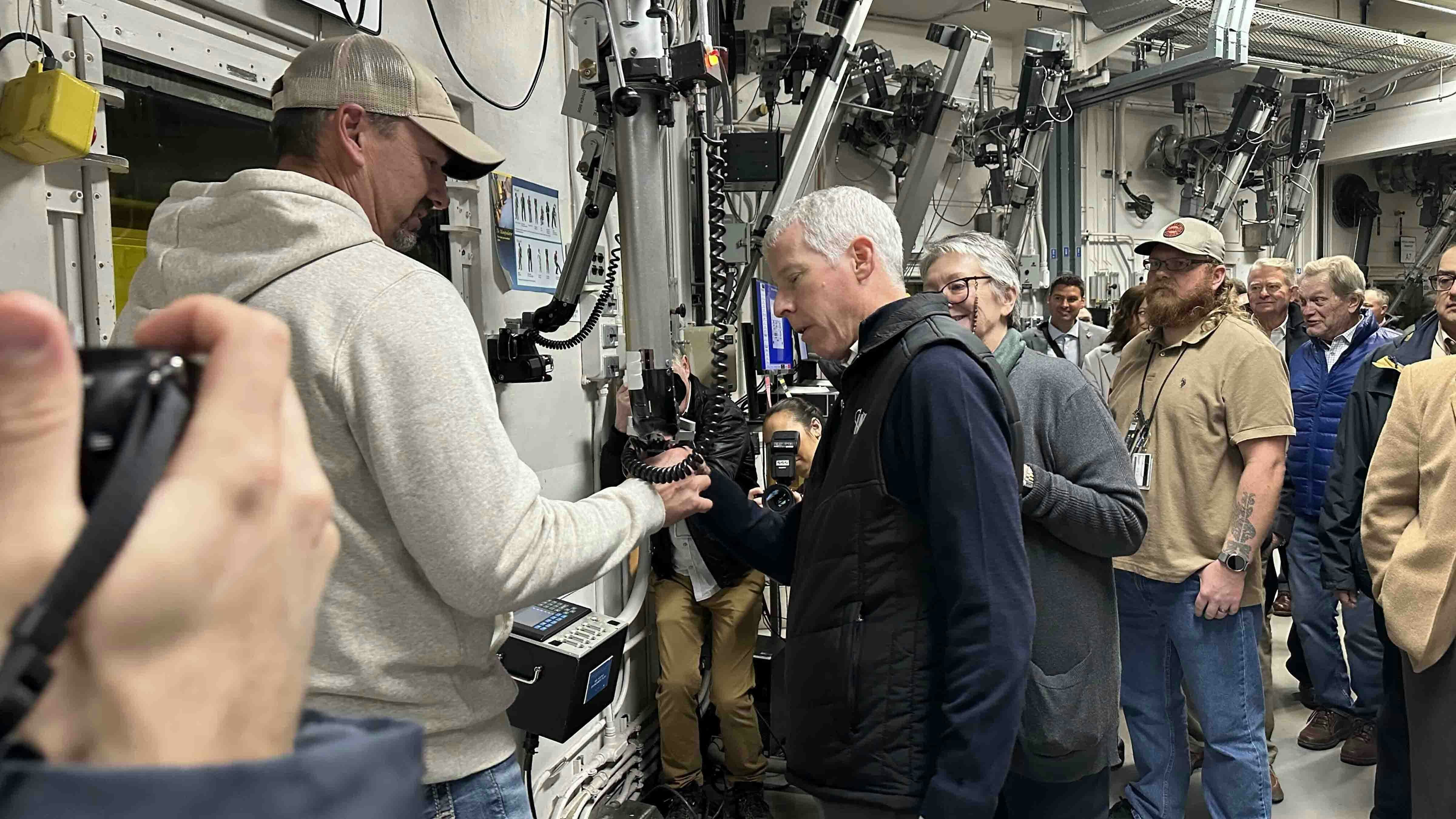An innovative plan to use old wind turbine blades as filler for coal mine reclamation has gotten a thumbs up from the Biden administration after an almost four-year wait.
Wyoming filed its innovative idea for disposing of retired blades and wind towers with the federal government in 2021, following the state Legislature’s 2020 approval of a bill developed by the Minerals, Business and Economic Development Committee and carried by Sen. Eric Barlow.
“This bill was effective July 1, 2020, for the statute that would allow for it,” Wyoming Energy Authority Director of Fossil Fuel Development Kyle Wendtland told Cowboy State Daily on Monday. “Then March 2, 2021, we submitted the formal amendment to the Office of Surface Mining as a program amendment.”
Wendtland was involved with development of the legislation at the time and said he doesn’t know why the amendment sat for so long with the Office of Surface Mining Reclamation and Enforcement Office (OSMRE).
“Wyoming actually turned this around at the state level really quickly,” Wendtland said. “We had rules in place and through the council in basically less than a year, which, by the time you do all the public meetings and notifications, and everything required to do a rule making, that’s really pretty quick.”
No Reason Given For Slow Action
Wendtland said he doesn’t know why the Office of Surface Mining had Wyoming’s amendment on hold for so long.
Cowboy State Daily reached out to the point of contact listed with the final rule in the Federal Register to ask about the timeline but had not received a reply by press time.
A review of OSMRE’s records shows that a public hearing was held fairly soon after the amendment was filed, beginning on Aug. 4, 2021, and ending Sept. 3, 2021.
No comments were received from either the public or from the federal agencies that had been asked to provide comments. That included the Environmental Protection Agency (EPA), which had been asked to comment ahead of the public comment period, in June of 2021.
On Sept. 27, 2024, OSMRE sent EPA another letter asking the federal agency to comment on whether Wyoming’s proposal would have any implications under the Resource Conservation and Recovery Act, more usually referred to RCRA.
The EPA responded about one month later that it saw no conflicts.
OSMRE then sent state officials a letter on Nov. 26, 2024, seeking clarification of certain issues. They responded a few days later, on Dec. 3.
OSMRE indicated the state’s responses were all satisfactory, leading OSMRE to conclude there would be no conflicts between Wyoming’s proposal and existing federal regulations. The agencypublished the final rule Jan. 13. It will take effect in 30 days.
Todd Parfitt, who is Wyoming’s Director of the Department of Environmental Quality, called the new rule “very forward thinking” and said it will help solve a nationwide problem.
“For Wyoming and the nation, this is an important step in finding solutions to the challenges within the diverse energy mix,” he said. “We are very proud to be a part of this answer, both in providing energy and protecting our environment.”
A Growing Problem Of Epic Proportions
At the time the Wyoming Legislature developed the bill, windmills were piling up around the country, Wendtland recalled.
“There were some studies out there and some data that said, at the time in 2020, there were 73,000 decommissioned blades laying around,” he said.
In a 2022 analysis, the U.S. Department of Energy said that it expects between 200,000 to 370,000 tons of waste from wind turbine blades by 2050, given an operational lifetime of 15 to 25 years.
While that’s a small percentage of overall municipal solid waste, the blades themselves are huge, and can quickly fill up available space, particularly if they are not crushed, shredded or otherwise processed. The latter is difficult because the blades are made of composite materials that are meant to be both durable and lightweight, given that they’ll be pummeled by wind and hit by birds, day-in, day-out, for more than a decade.
A trajectory of blade retirements by the U.S. Department of Energy showed the problem was likely to just continue to grow. By 2040, between 10,000 to 20,000 blades were expected to be retired, while recyclers only have the capacity to handle about 3,000 blades per year.
The U.S. Department of Energy page does not contemplate using blades as a fill option for coal mines, instead looking to recycling to solve the problem, as well as touting research to develop blades that are designed to be recyclable.

Come One, Come All
Regardless, Wyoming has structured its law so that Wyoming’s coal mines can accept wind turbine blades from anywhere in the U.S., Wendtland said. The idea is that Wyoming coal companies would be able to charge for providing the disposal space, while at the same time helping solve a nationwide issue.
“This has been a long time coming on this,” Wendtland said. “And clearly the waste stream of wind is an issue, but Wyoming said, ‘We have a fix for that. We can do that. We have a solution for that.’ And we didn’t just sit around on our hands and wait.”
Wyoming has plenty of room for all of the nation’s wind blades, he added.
“Wyoming’s coal operations are large operations, and these are large pits,” he said.
Wendtland added that Wyoming has carefully thought through the rules for disposing of the blades to ensure they don’t cause problems down the line. For one, they have to be buried above the surface of groundwater. But that still leaves a roomy depth of 200 feet to fill.
“You’d be doing them in 10-foot lifts a mile long,” he said. “That’s a lot of blades with a 120-foot-wide pit.”
The blades would also be placed into design-engineered lifts, so that any potential subsidence that might occur can be readily managed.
Wendtland also said the bill also restricts using the spent blades as fill material to final pit voids or end walls in coal mines. That way there’s little chance for them to interfere with future development in the Powder River Basin.
“They will have to map the locations of these and put them on the deed,” he said. “So, if an oil company were to come in and they recognize that there is a final pit here that has blades in them and recalling that the pit width is a mile long and 120-feet wide, they can just move 120 feet and put their hole in the ground without ever hitting them.”
Wendtland added that reclaimed ground is difficult for oil and gas companies to drill through anyway, so they would typically want to move to the edge of native ground anyway.
Renée Jean can be reached at renee@cowboystatedaily.com.





